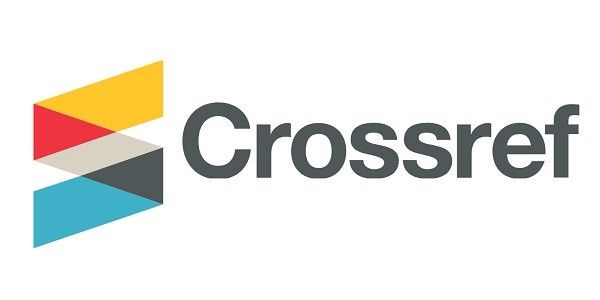NEWS FRAMING ANALYSIS ON CORRUPTION BY CHAIRMAN OF THE PARLIAMENT OF REPUBLIC INDONESIA SETYA NOVANTO (Study on Detik.com Period November-December 2015)
DOI:
https://doi.org/10.31315/ijcs.v10i2.2952Keywords:
framing, ideology, online journalismAbstract
The reporting on the case of Presidential and Vice Presidential Nomination on the extension of PT Freeport Indonesia’s contract becomes headline in detik.com media. PT. Freeport Indonesia is the largest taxpayer to Indonesia and the largest gold producer in the world. Setya Novanto is the 16th Chairman of the House of Representatives of the Republic of Indonesia holds a one-year term from 2014-2015 and reappointed on 20 November 2016. This study aims to know the picture of the news frame. This research uses framing analysis method developed by Zhongdang Pan and Gerald M. Kosicki. Framing is an approach to know how the viewpoints used by journalists. There are four devices in the framing analysis model, ie, syntax (facts), scripts (themed facts), thematic (facts written), and rhetorical (emphasizing facts). The results of framing analysis shows that frames made detik.com more dominant corner Setya Novanto. The existence of an emphasis on a sentence or a particular word, the selection of resource persons, and supporting factors selected by journalists as an emphasis on the news he wrote resulted in unbalanced news and did not run the principle of news.








